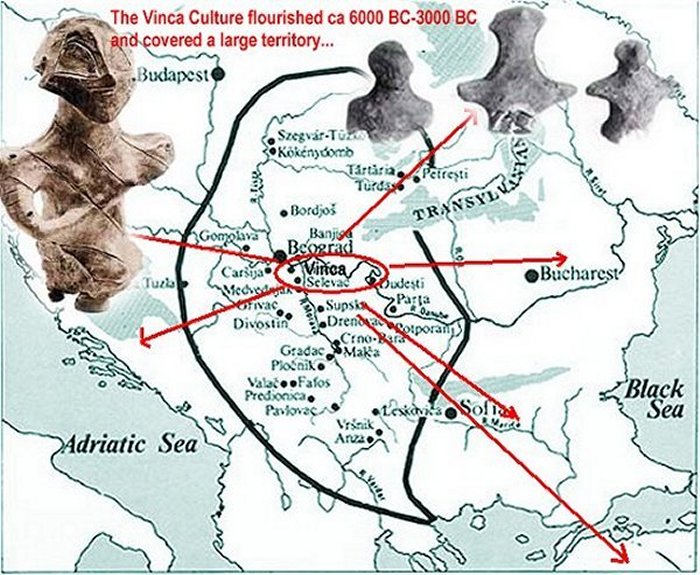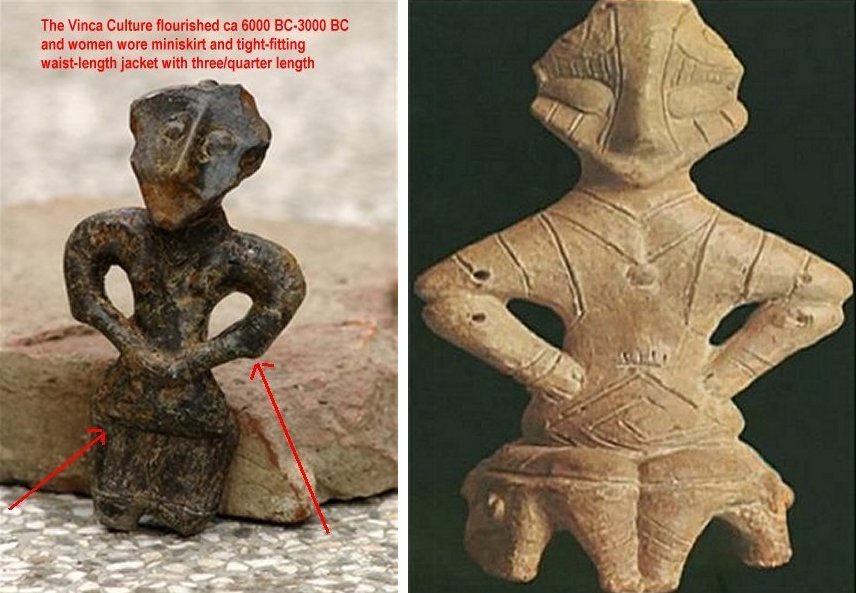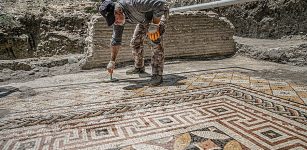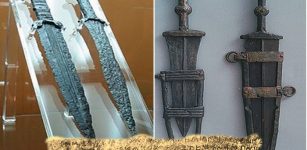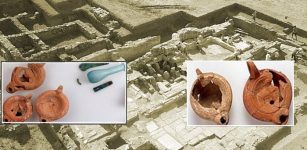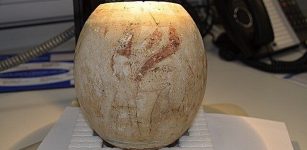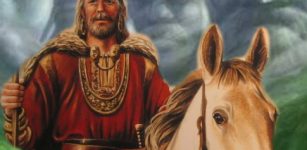Mysterious Ancient Vinca Culture And Its Undeciphered Script
MessageToEagle.com – There was once a mysterious European culture, which left a legacy in form of valuable artifacts covered with an unknown, never successfully deciphered script. These artifacts have been excavated from sites in south-east Europe.
The culture that flourished from about 6000 BC to 3000 BC, was named Vinca-Tordos Culture of Yugoslavia and western Romania and derived its name from the village of Vinca located on the banks of Danube river, only 14 km downstream from Belgrade.
Another part of the Vinca legacy are curious masks and the most informative costumed figurines depicting women in extremely modern clothes like narrow skirts, and sleeveless upper-body panels, complimented with hip belts, aprons, jewellry, shoes, caps, hairstyles, bracelets, necklaces, and medallions.
Since the language of the Vinca still remains undeciphered, unearthed artifacts constitute the only source of knowledge about this culture.
Vinca’s living style reminds us about our own.
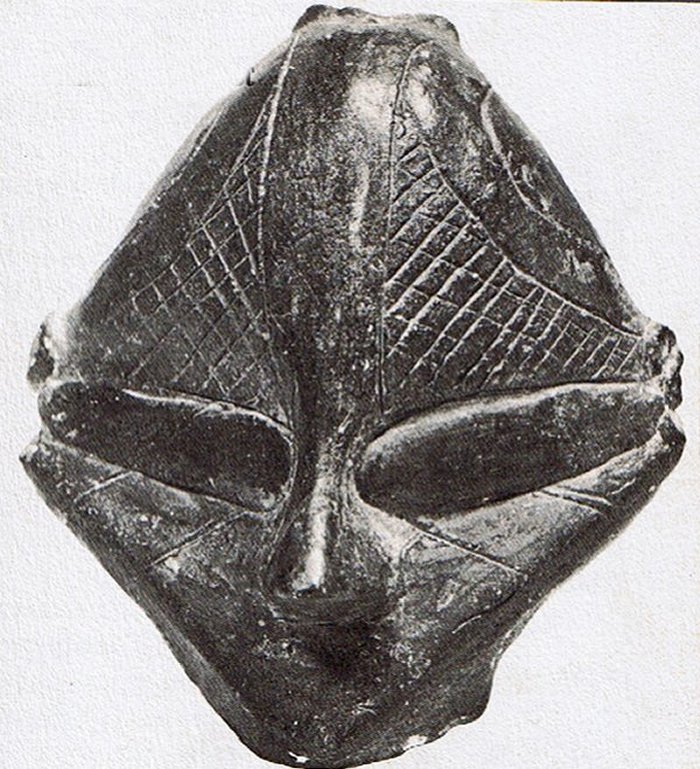
They lived in houses which had very complex architectural layouts and several rooms.
The houses faced northeast – southwest and were separated by streets. Vinca people had stoves in their houses, preceding the Romans in using of these devices. They used special holes only for rubbish, and had the same tradition as we have, to bury people in cemeteries.
The development of copper metallurgy is evident during the latter part of the Vinca culture’s evolution.
Among unearthed artifacts, there have been found a large number of figurines made of clay and others artifacts depicting worshipped deities and women in miniskirts, short tops, wearing jewellery.
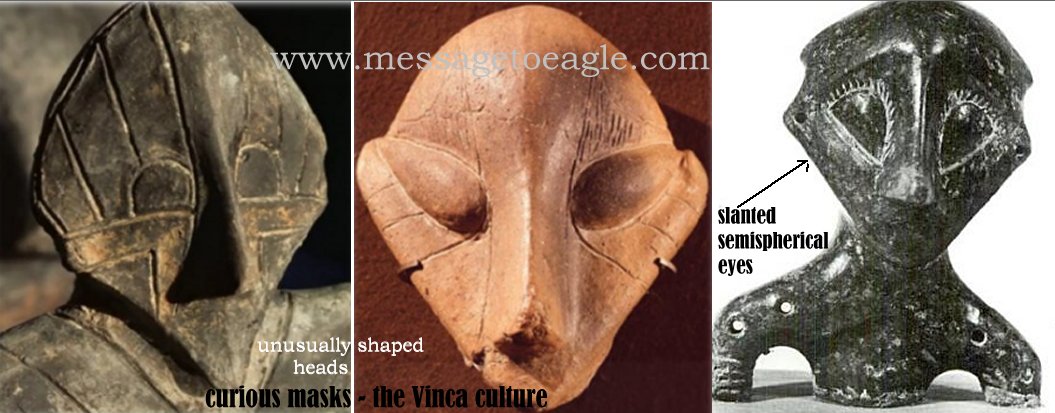
It is hard to believe that women that lived several millennia ago wore miniskirts, unless, the cult of Mother Goddess was very widespread and reached both south-east part of Europe and ancient India.
Similar, made of ceramic clay, figurines of Mother Goddess, were found in excavations in Mohenjo-Daro, located along the Indus River in ancient India (present-day Pakistan).
This would mean that women wore modern cloth at least 7,500 years ago!
The Vinca Culture – Europe’s biggest prehistoric civilization – point to a metropolis with a great degree of sophistication and a taste for art and fashion.
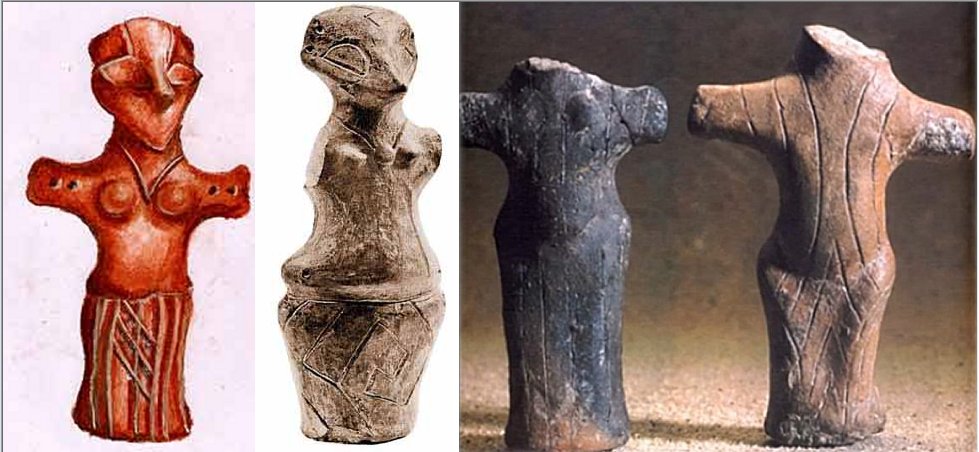
An important question is: Is the legacy of the Vinca culture an evidence of the ever known earliest manifestation of the Divine Power and well evolved and widespread Mother Goddess worship cult?
See also:
Controversial Tartaria Tablets: The First Writing System In The World?
10 Mysterious Undeciphered Ancient Scripts, Tablets, Codes And Maps
Ancient Dispilio Disk And Traditional History Of Writing
Many terracotta figurines of the Mother Goddess were recovered in excavations at various archaeological sites of Indus Valley. Naturally, orthodox science proposes a classical explanation to this phenomenon and say that the proto Mother, symbol of female fertility, is depicted on prehistoric figurines.
However, the figurines unearthed in an ancient European settlement of Vinca, Europe’s biggest prehistoric civilization and in Indus Valley may be a representation of someone entirely different.
On many of the artefacts excavated from sites in south-east Europe, there have been found the Vinca symbols.
Here are common symbols used throughout the Vinca period:
They probably represent the earliest form of writing ever found and predating ancient Egyptian and Sumerian writing by thousands of years.
Since the inscriptions are all short and appear on objects found in burial sites, and the language represented is not known, it is highly unlikely they will ever be deciphered.
In some way, the Vinca’s past is both forgotten and lost.
First version of this article was originally published October 25, 2014
Copyright © MessageToEagle.com. All rights reserved. This material may not be published, broadcast, rewritten or redistributed in whole or part without the express written permission of MessageToEagle.com.
source:
M. Gimbutas, Living Goddesses

